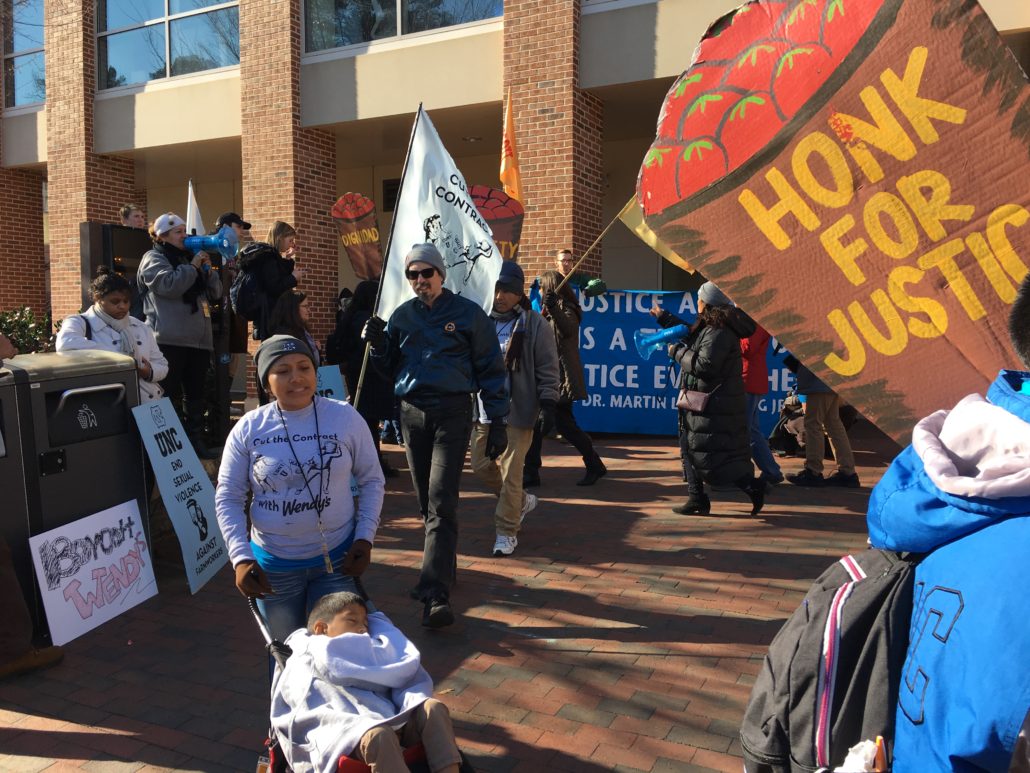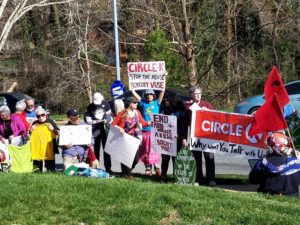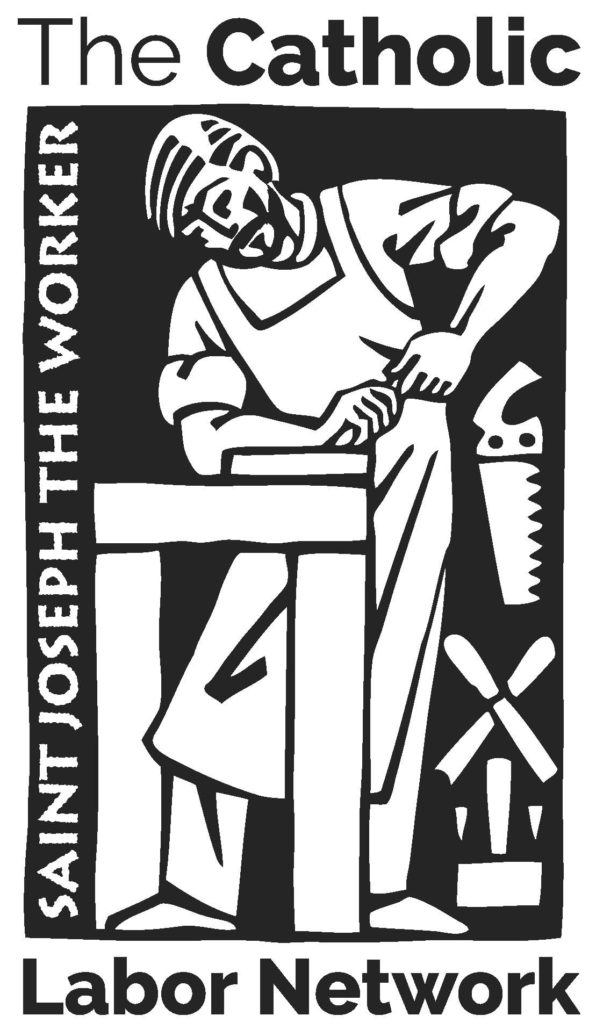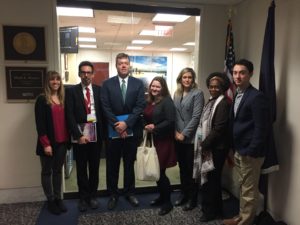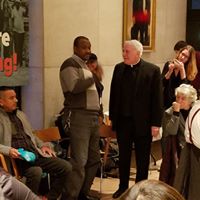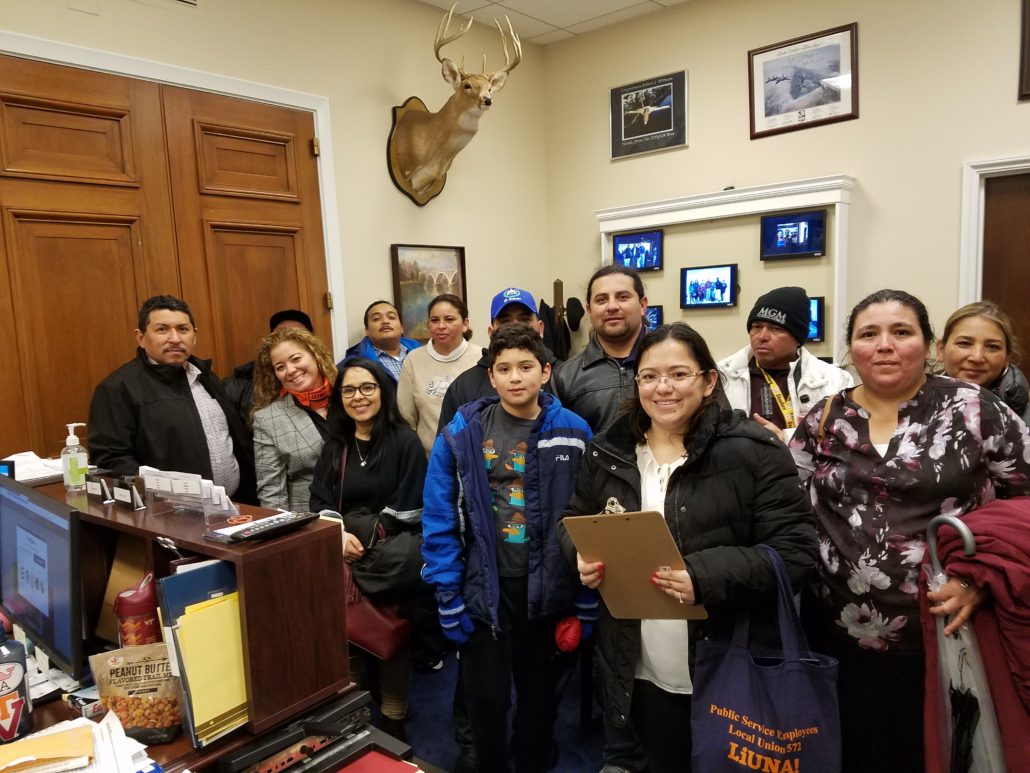The Working Catholic
by Bill Droel
The fire occurred in March 1911. Someone failed to fully extinguish a cigarette in New York City’s Asch Building (now known as Brown Building, owned by N.Y. University). “After just 18 minutes, 144 people were dead,” writes Christine Seifert in The Factory Girls (Zest Books, 2017). Two more died subsequently. The top three floors of the building were used by Triangle Shirtwaist Factory to assemble blouses. There were heroes during those frantic minutes. For example, NYU students spotted the fire and perilously rigged a ladder from their building to an upper floor of the Asch Building, saving lives. The fire department too risked health and safety during the short interval. Several workers also heroically tried to guide others down to the street.
Other historians have provided an account of this tragedy, including David Von Drehle in Triangle: the Fire that Changed America (Grove Press, 2003). Like those others, Seifert gives particulars in 175 pages. Her account though considers the historical, cultural and political factors that put young workers in a hazardous factory plus she describes today’s conditions in the apparel industry.
Seifert notes that before 1900 there was no such thing as fashion in our country; except among the elites in Virginia and elsewhere along the Atlantic coast who took cues from stylish Europe. There was no “off the rack” shopping for working women and men (only standard issue uniforms or homemade clothes). Only with mass production of apparel and other products in the 20th century could working-class people have an interest in and be able to afford fashion. The Triangle Company, like many other shops, cut and assembled the popular type of blouse known as the shirtwaist.
In order to make and widely distribute clothes for the working-class, economic factors had to align. The main ingredient in the early 1900s was cheap labor. An exploitative wage system was implicitly justified by a business philosophy called the Protestant Ethic. (It is derived from select Reformation themes, yet leaves aside key parts of Christianity. The same popular philosophy is today commonly called individualism or unregulated free market.) According to this philosophy, labor shows up in a company’s accounting as a cost like any other raw material. The wise business owner keeps costs low to become wealthy. In religious terms the owner’s success is a sign of divine favor. In secular terms success is about self-made virtue. On the other end, Seifert writes, “poverty was a moral failing.” The dominant philosophy denied that “poverty was a result of a system that was rigged to take advantage of people’s labor while lining the pockets of those who controlled production.”
Solidarity is the antidote to individualism. Seifert tells about the women from Triangle Shirtwaist and other factories who staged a November 1909 strike. Aided by Women’s Trade Union League and by International Ladies Garment Worker Union and for a time by a few wealthy women called Mink Coat Brigade, the Triangle workers held out for over two months. Their demands were modest: Managers must stop “yelling at them, threatening them or harassing them” plus a change in the pay system of set rate per day, no matter the number of hours. When they settled, the Triangle workers got a small raise and a 52-hour week. They did not get the sine qua non of every worker action: sole and exclusive bargaining rights. Nor was workplace safety found anywhere in the outcome.
Seifert devotes some paragraphs to Clara Lemlich Shavelson (1886-1982). She was 23-years old in those last weeks of 1909. At a crowded union meeting held in Cooper Union she pushed her way to the front and shouted: “I am tired of listening to speakers who talk in general terms. I move that we go on a general strike.” Her activism continued through her life. She pioneered the tactic of consumer boycott and started tenants’ groups in her neighborhood. In her 80s Lemlich Shavelson lived in a senior facility. Sure enough, she organized the nurses and aides. With these working conditions “you’d be crazy not to join a union,” she told the workers.
It is difficult to buy clean clothes today; that is, garments in our retail stores with no sweatshops in their chain of production and distribution. For example, women toiling in overseas sweatshops made the Ivanka Clothing Line, until the company’s July 2018 demise. Seifert names a handful of groups that can assist in cleaner shopping. She includes Clean Clothes Campaign (https://cleanclothes.org), based in the Netherlands with offices in several other countries. I recommend International Labor Rights Forum (1634 I St. NW #1000, Washington, DC 20006; www.laborrights.org). This is a sophisticated group that looks through the entire apparel pipeline. They are, to name one example, monitoring the compliance of those apparel lines that agreed to improve after the 2013 Rana Plaza tragedy in Bangladesh. Currently, the H & M Line needs a push to do better. To learn more about the economics and culture of off-the-rack clothes, I recommend Over-Dressed by Elizabeth Cline (Penguin, 2012).
Social justice is a relatively new virtue in that it once was not possible to do anything about wrongdoing that occurred in remote locations or in complex systems. Today social justice, though difficult, is possible. Action on behalf of justly-made clothes is possible.
Droel edits a printed newsletter on faith and work (NCL, PO Box 291102, Chicago, IL 60629).

